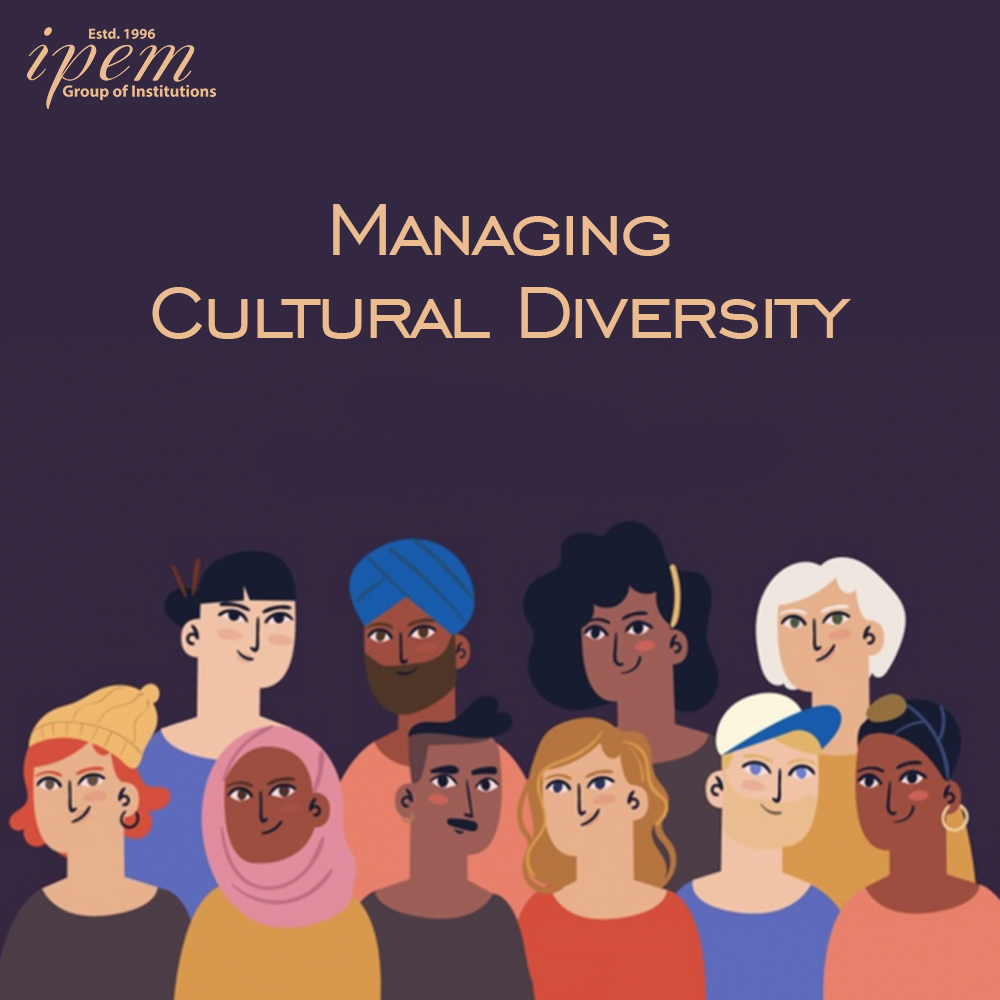Organizational culture is the set of values, expectations, and practices that guide and direct the actions of all team members. A great organizational culture is a key to developing the attributes necessary for business success. And you will see its effect in the bottom line: Companies with healthy cultures are 1.5 times more likely to achieve revenue growth of 15 percent or more over three years and 2.5 times more likely to achieve significant equity growth over the same period. Despite this, only 31 percent of HR leaders believe their organizations have the culture they need to guide business in the future and getting there is no easy feat – 85 percent of organizations fail to change their cultures.
Experts Opinion on Cultural Diversity
Experts argue that in the global world we live in today, diversity is the key to maximizing organizational effectiveness. But what does this diversity really indicate? Are the diversity or plurality of demographic features that characterize the company’s workforce, in terms of race, gender, culture, religion, national origin, disability, sexual orientation, and age? Or are we referring to intrinsic differences that exist between individuals that go beyond differences at the group level? Whatever the definition, it is true that in any workplace today, we are surrounded by people who often think and act differently. It begins with how people perceive themselves and others and the differences in them, which directly affect people’s interactions and communication within the organization.
Key Importance of Managing Cultural Diversity in Workplace:
- Multicultural organizations have an advantage in attracting and retaining the best talent. Organizations that are able to attract and retain qualified minority group members and maintain trust with them through fair and equitable career advancement remedies, gain a competitive advantage and reap the profits of high-quality human resources.
- These organizations have a better understanding of the requirements of the legal, political, social, economic and cultural environments of foreign countries.
- These organizations can do better problem solving due to the presence of a variety of minds in an organization.
- Multicultural organizations tend to possess more organizational flexibility, and are better able to adapt to changes.
Challenges faced in Managing Cultural Diversity:
While trying the inculcate the changes related to the management of cultural diversity, the organizations face various challenges:
- Unconscious bias is one of the most important obstacles an organization faces on the path to embracing diversity simply because the subconscious makes it more difficult to overcome. While everyone comes with their own set of unconscious biases, there are some common prejudices such as those resulting from stereotypes about women and people from certain cultural and ethnic backgrounds.
- Communication is another important challenge in organizations that often results from fundamental differences in communication style as well as the different meanings associated with non-verbal cues. For example, high context cultures such as India, Japan and China rely on implicit communication while low context cultures such as the USA rely largely on explicit verbal communication. These differences, when not understood, often lead to poor communication between teams/employees.
- Implementing diversity in workplace policies: This can be a huge challenge for all diversity advocates. The policy level change marks the beginning that must then be implemented across the organization. It is important to recognize cultural and religious holidays, different dress styles, dietary restrictions, and the needs of individuals with disabilities and to accommodate them at the policy level.
- Resistance to Change: Any change is often met with resistance, it is a human tendency. There are employees who refuse to accept the fact that the social and cultural makeup of their workplace is changing. The “we’ve always done it this way” mentality sometimes silences new ideas and hinders progress.
Conclusion:
Some managers try to walk the talk about diversity by following the golden rule of “Treat others as you would like to be treated. It sounds good in theory, but only offers a “one size fits all” approach and inadvertently projects our own cultural programs. But the need for the hour In the current Indian scenario it is an aggressive and dangerous approach to diversity management practices The predecessors of diversity management – equal employment opportunity and affirmative action programs fulfill a legal obligation but the reasons for developing a diverse range of talent such as Diversity management is completely voluntary Both are imposed through penalties (fines or imprisonment), and affirmative action/affirmative action policies are implemented through incentives (government contracts) respectively but the management of diversity is initiated by the companies themselves. It is not imposed or coerced but is completely voluntary.







